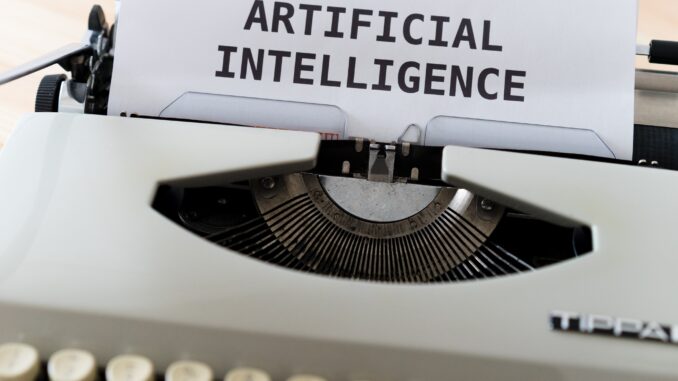
Researchers at Huazhong University of Science and Technology say they have developed a new approach to help artificial intelligence work more reliably with messy or misleading data. Their method, called Soft-GNN, acts like an experienced investigator—making graph-based AI systems more dependable when some of the input information is incorrect or even deliberately altered. This added layer of decision-making could bring major benefits to fields like social media, cybersecurity, healthcare, and finance, where a single false data point can lead to significant errors.
Learning to Think Like a Detective
Imagine an investigator following a trail of clues through a tangled city of connections—except some clues have been planted to send you down the wrong path. Traditional graph-based AI is not always great at spotting those traps, but this “detective” method learns which pieces of evidence to trust and which to discard over time. “Our goal was to give AI the ability to vet its data, just as an investigator questions each witness,” says Prof. Hai Jin, lead researcher on the project.
Continuous Tuning for Unshakable AI
The system evaluates each data point by asking: Does it make consistent predictions over time? Does it align with nearby data? Does its overall position in the network still make sense? Using these signals, the model assigns a confidence score to each point. High-scoring data is prioritized during training, while lower-scoring data is used cautiously. This self-adjusting process helps the AI learn more accurately, even in noisy or unreliable environments.
By framing data selection as a dynamic, ongoing process rather than a one-time filter or blunt correction, the solution brings stability to AI models operating on complex networks. Whether it is strengthening fraud detection, improving patient diagnoses, or making social platforms more trustworthy, the potential applications span nearly every sector that leans on interconnected data.
Performing Stronger Even in Noisy Conditions
In benchmark tests across multiple datasets, the Soft-GNN approach consistently delivered lower error rates and more stable performance, particularly under high-noise conditions. Unlike traditional strategies that attempt to correct noisy labels or modify graph structures—often at the risk of introducing new errors—Soft-GNN focuses on selectively using cleaner data during training. By dynamically adjusting which data points to trust based on how the model responds during learning, it achieves a more reliable and resilient graph neural network without relying on one-time corrections or heavy preprocessing.
Scaling Up: From Lab Trials to Real-World Networks
Looking ahead, the researchers plan to scale their method up for even larger networks and adapt it to other kinds of irregular data. If successful, they could set a new standard for AI reliability—one where systems do not just learn but learn to learn which lessons are worth keeping.
